Movement 1

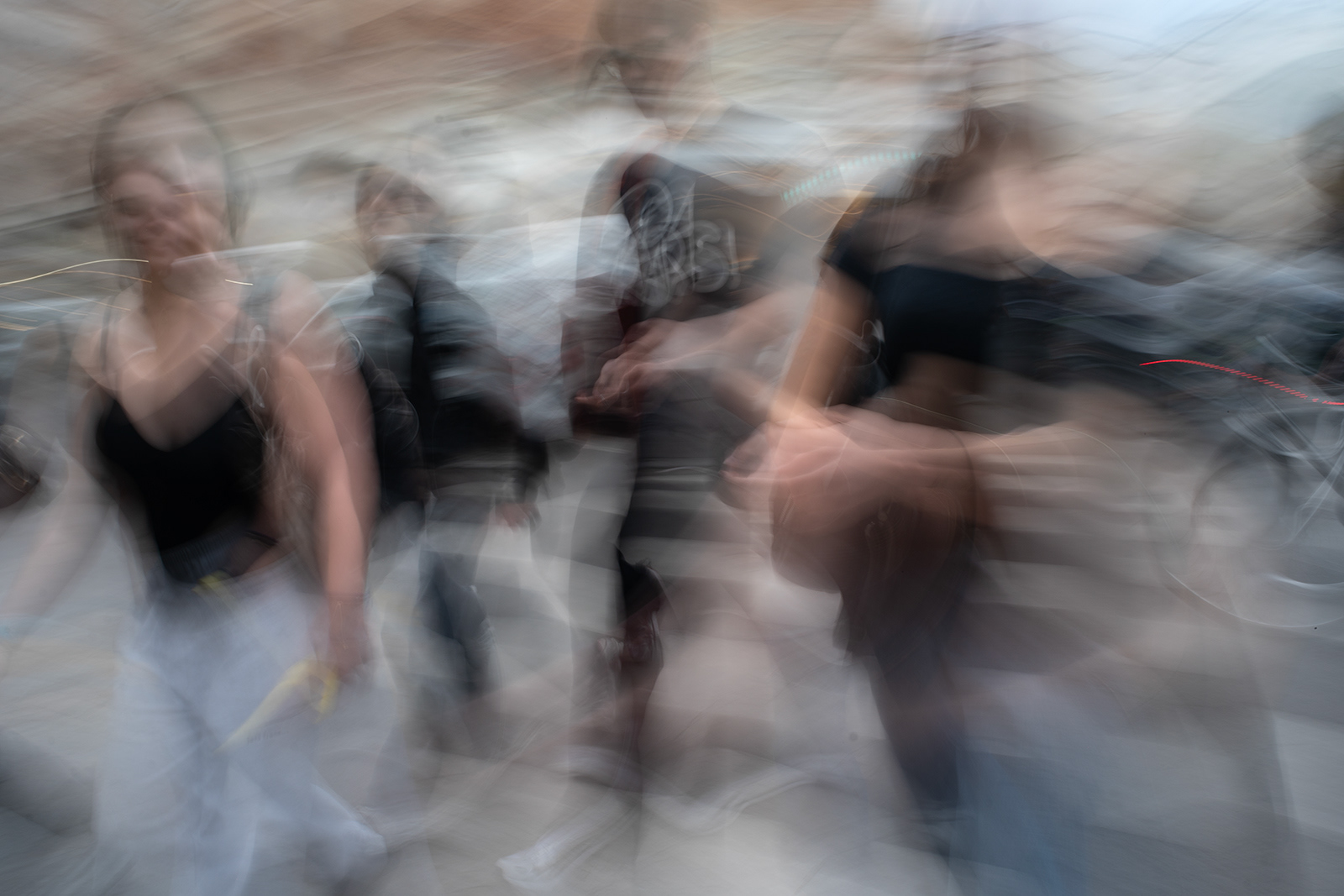



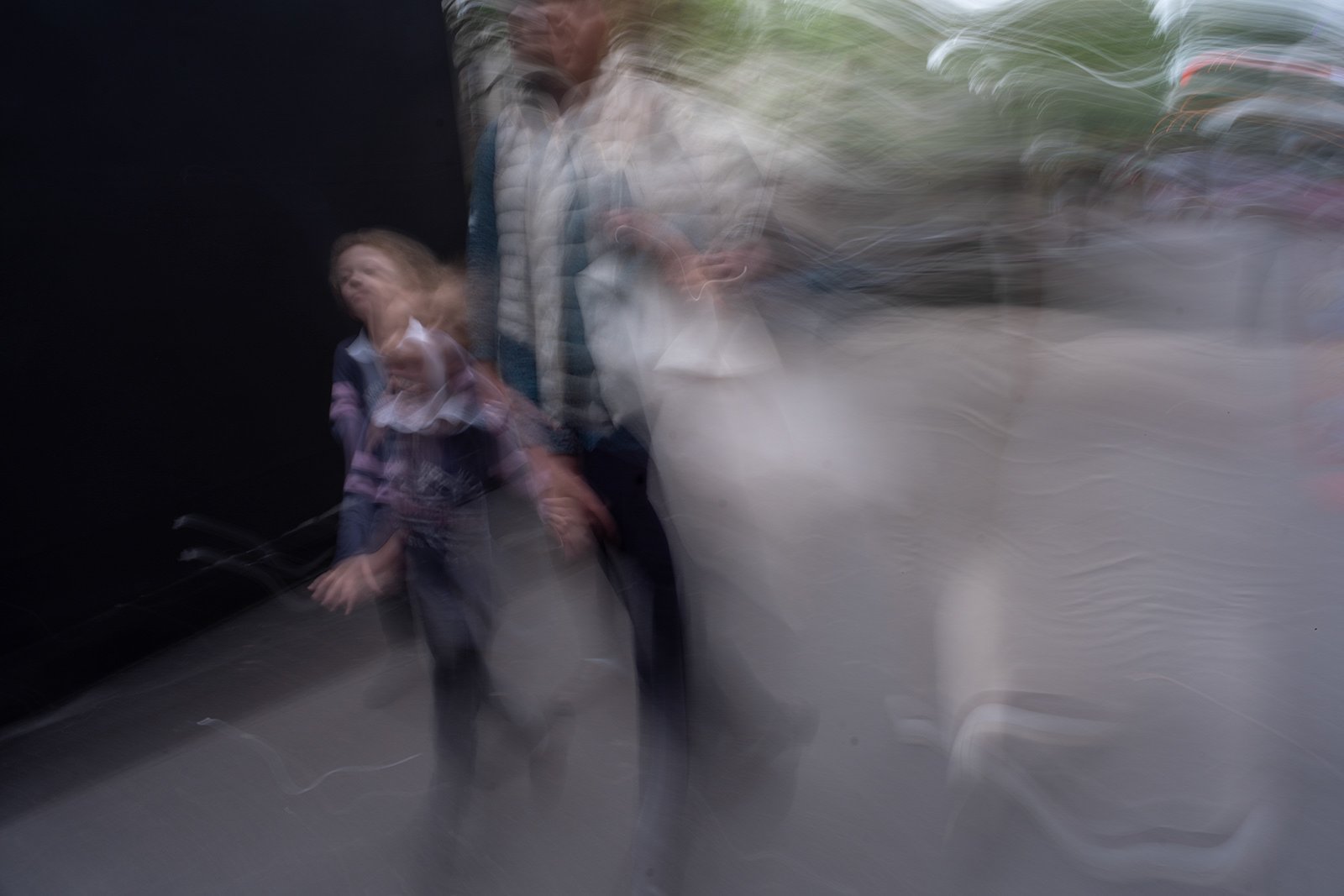
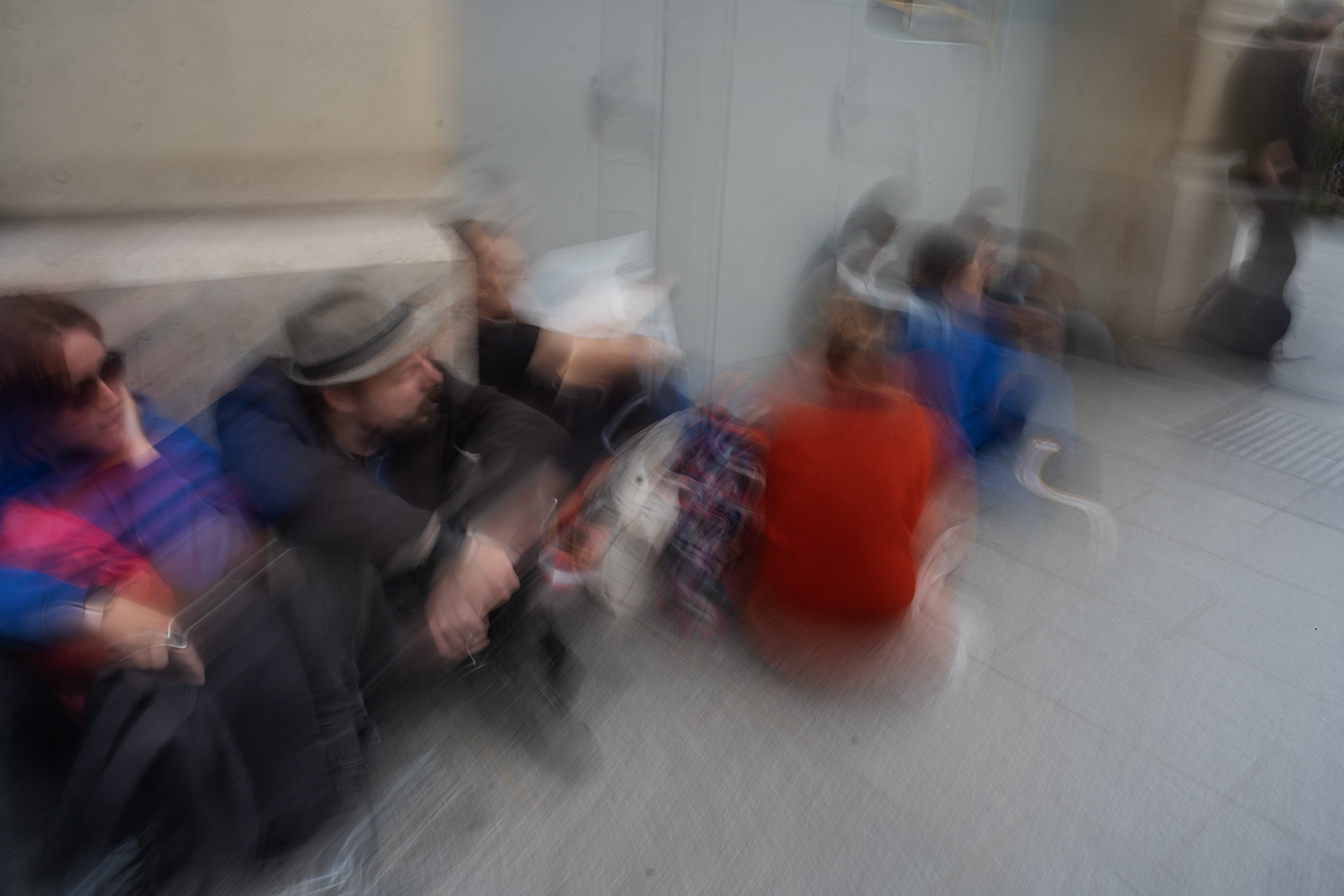



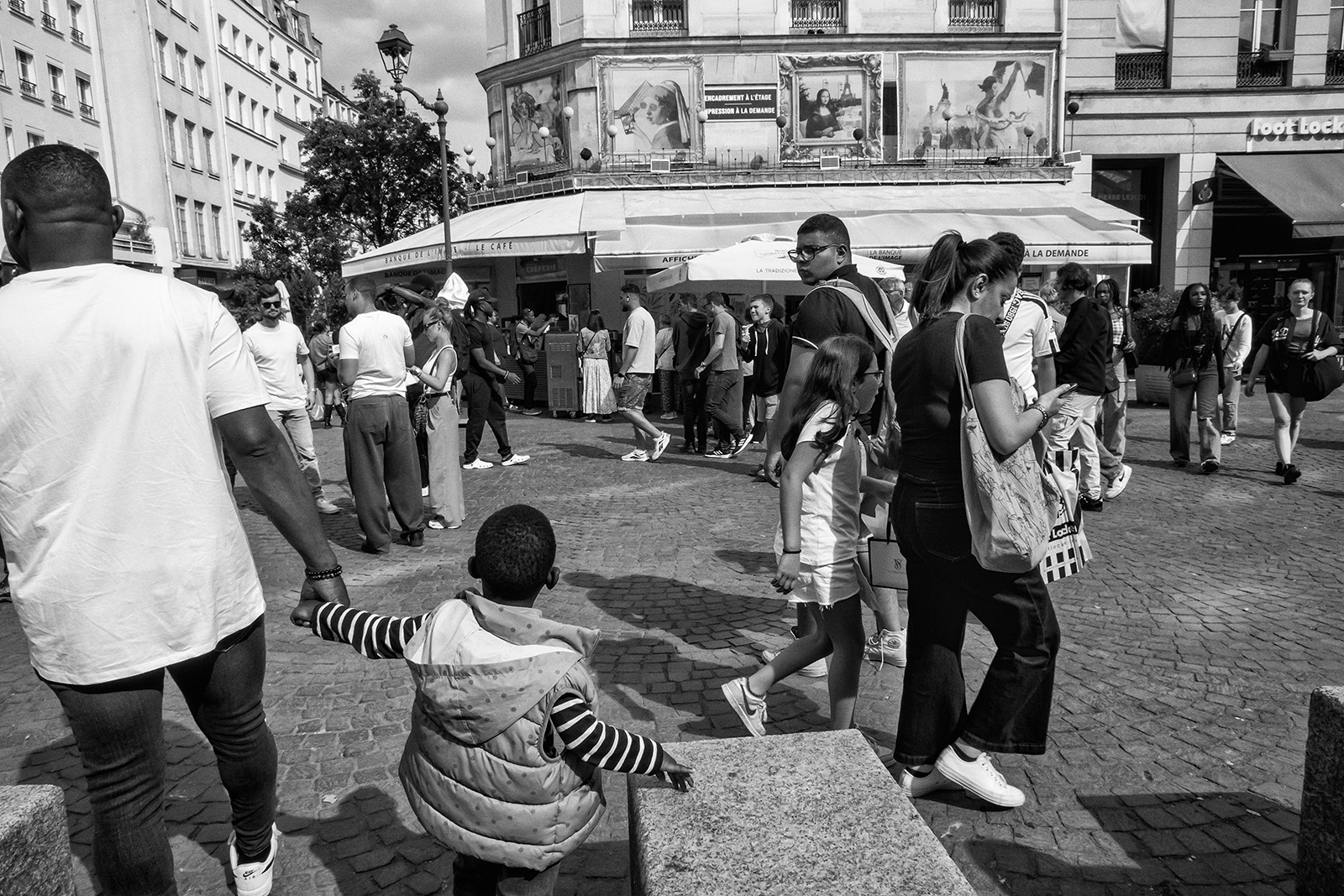

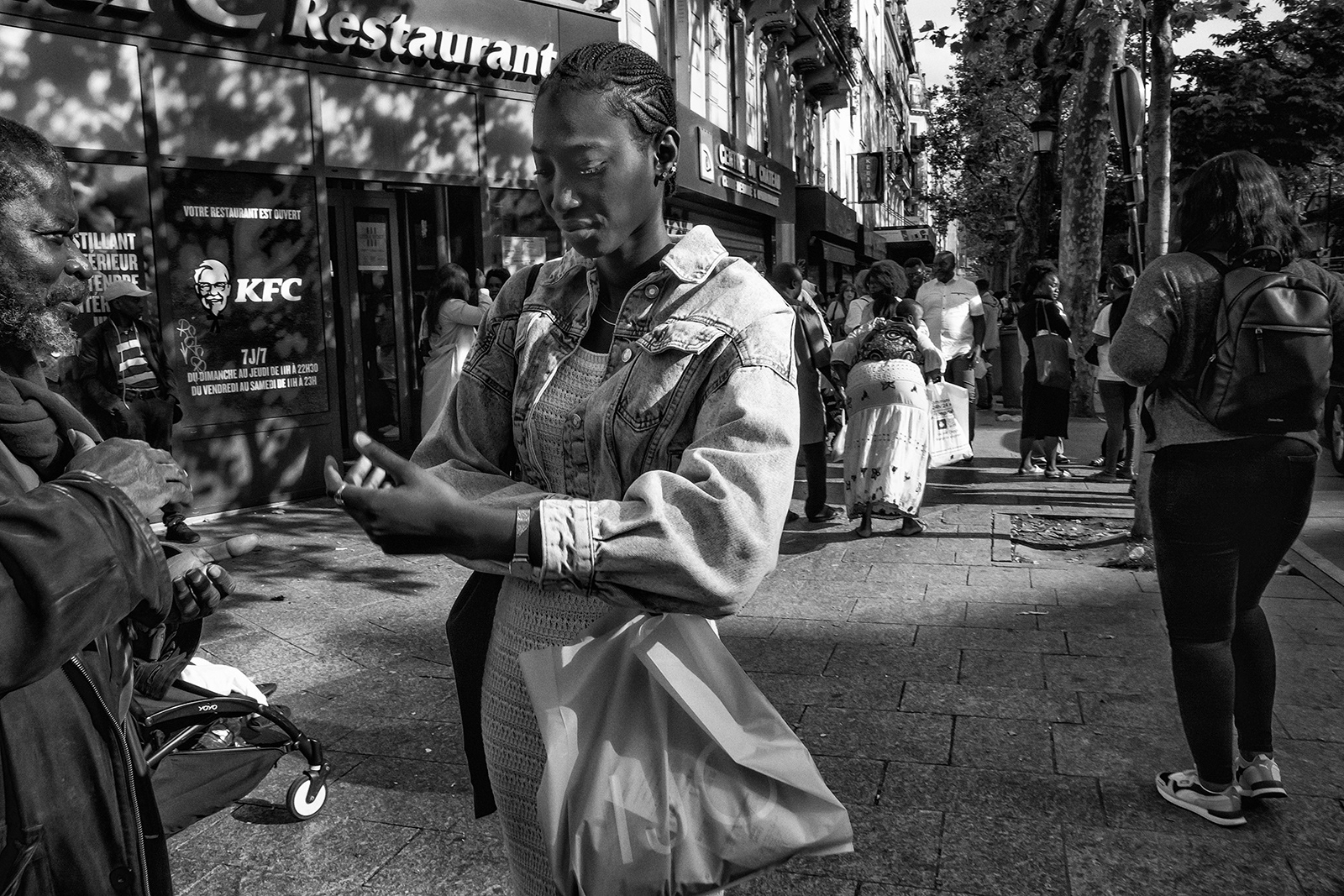









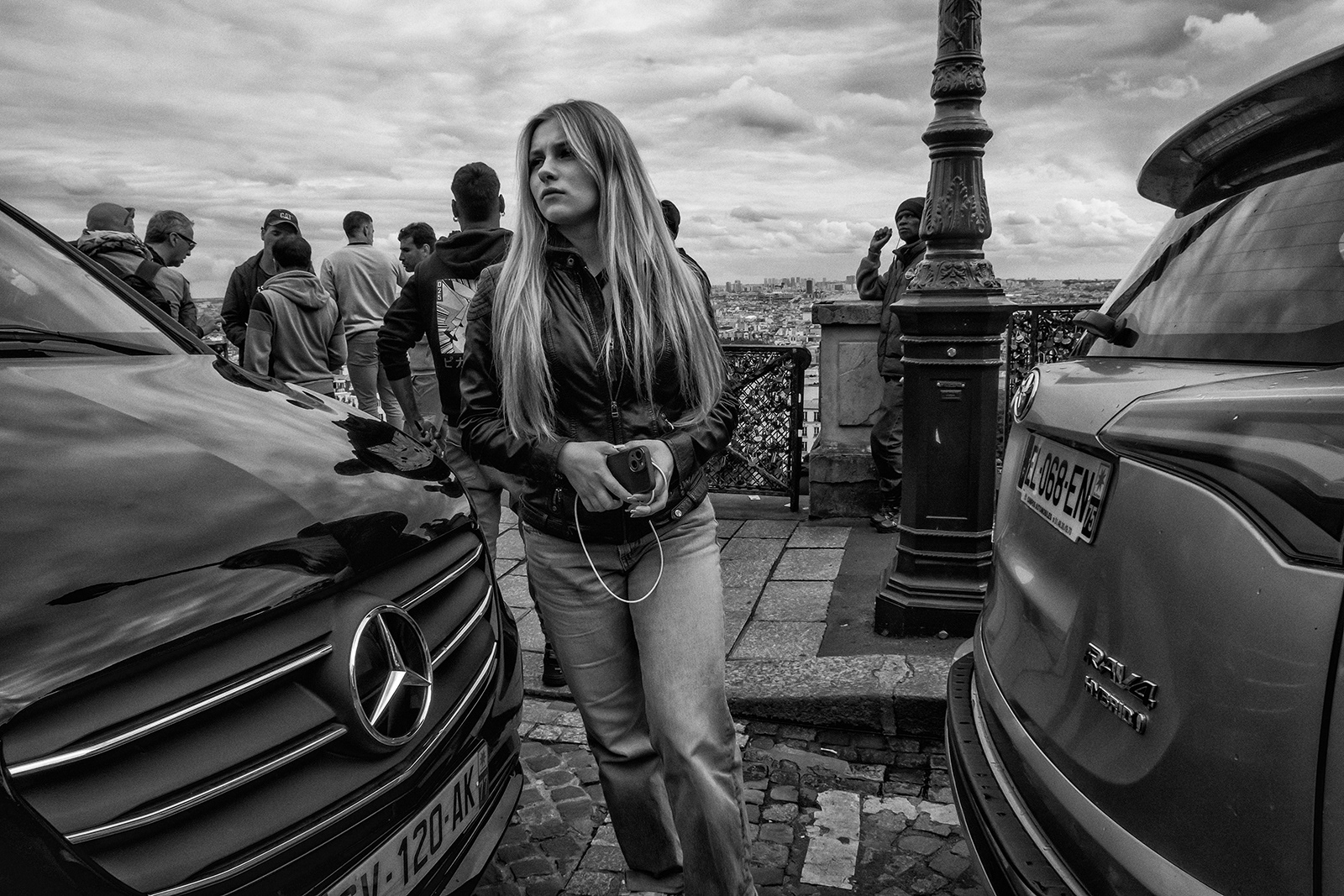
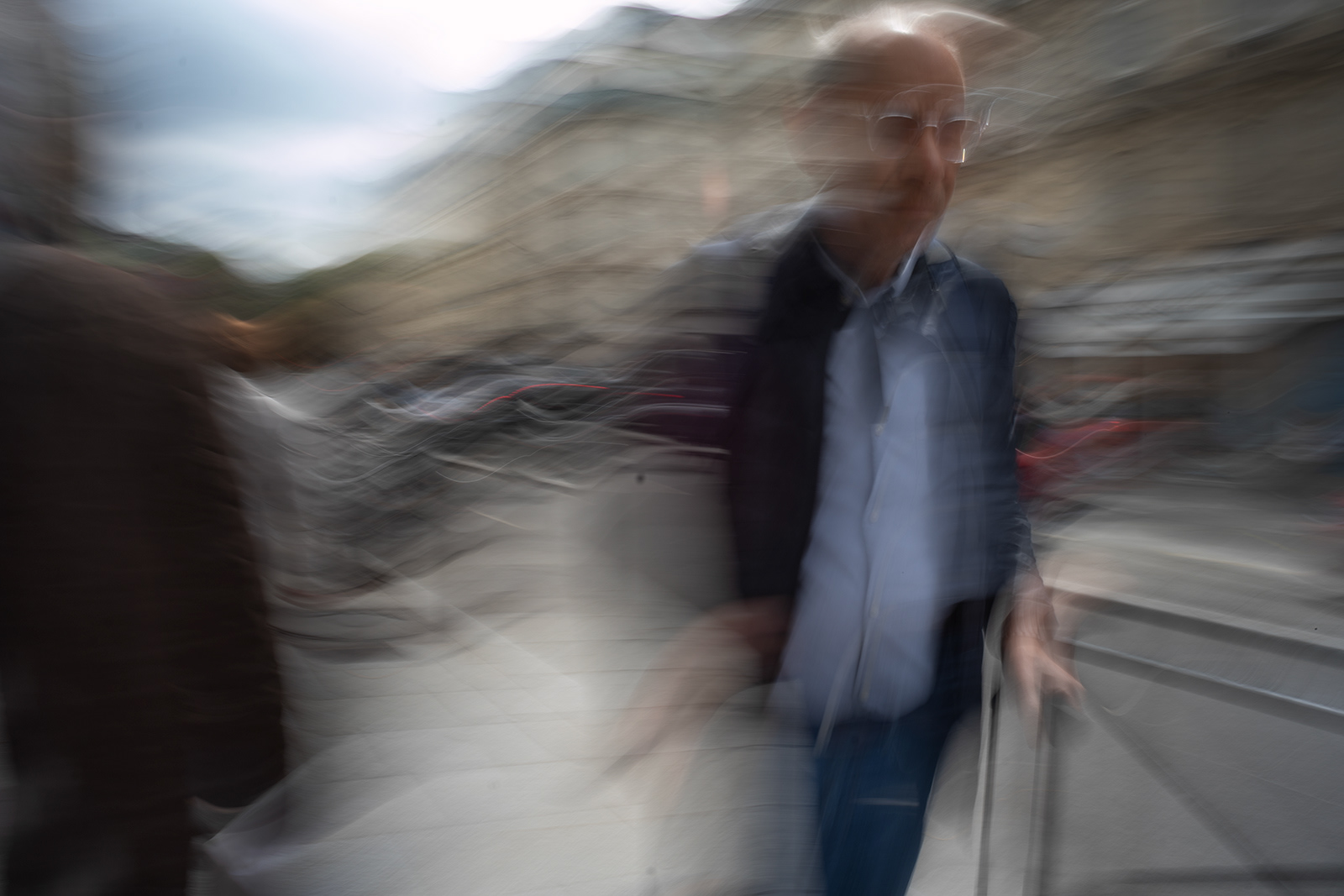
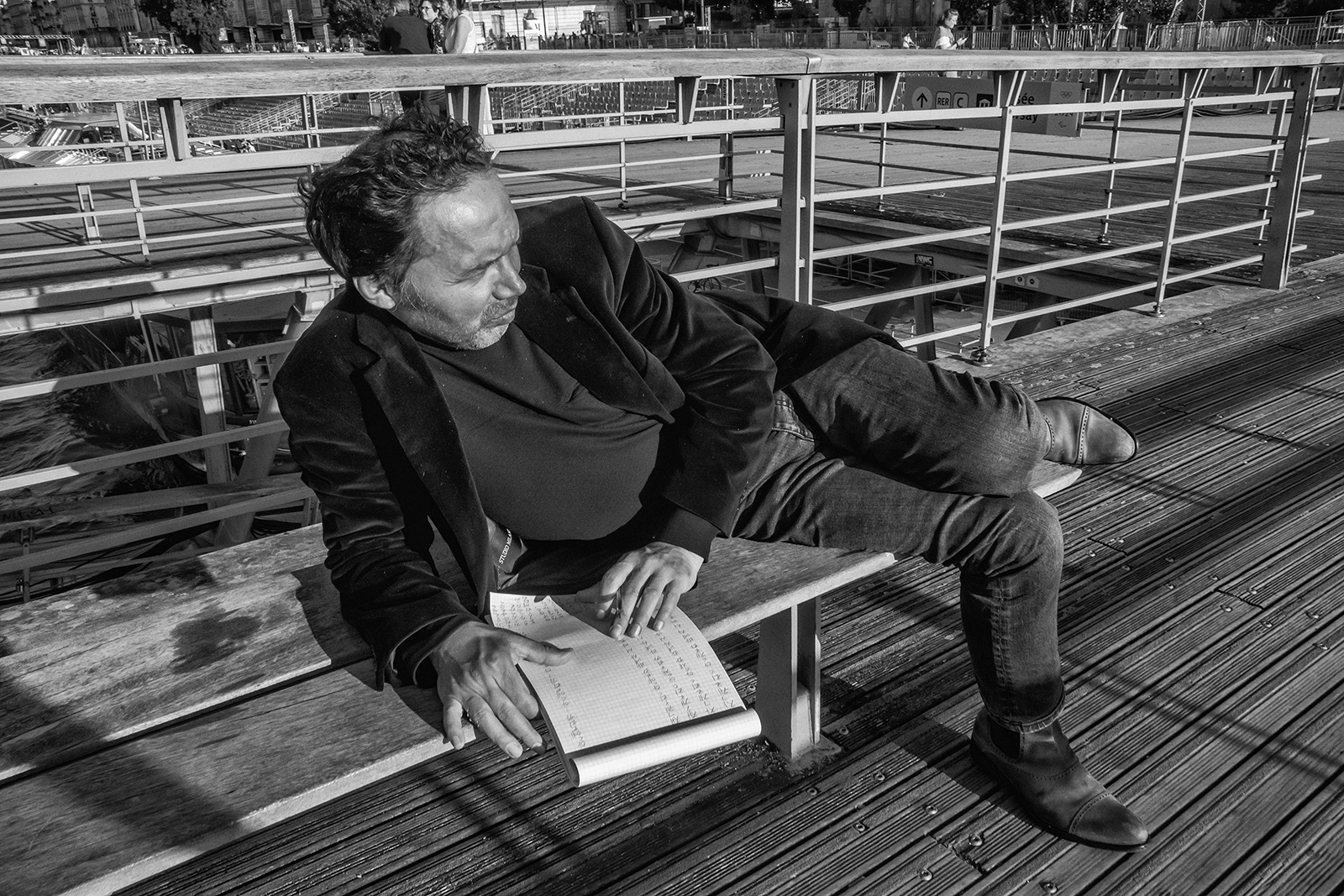
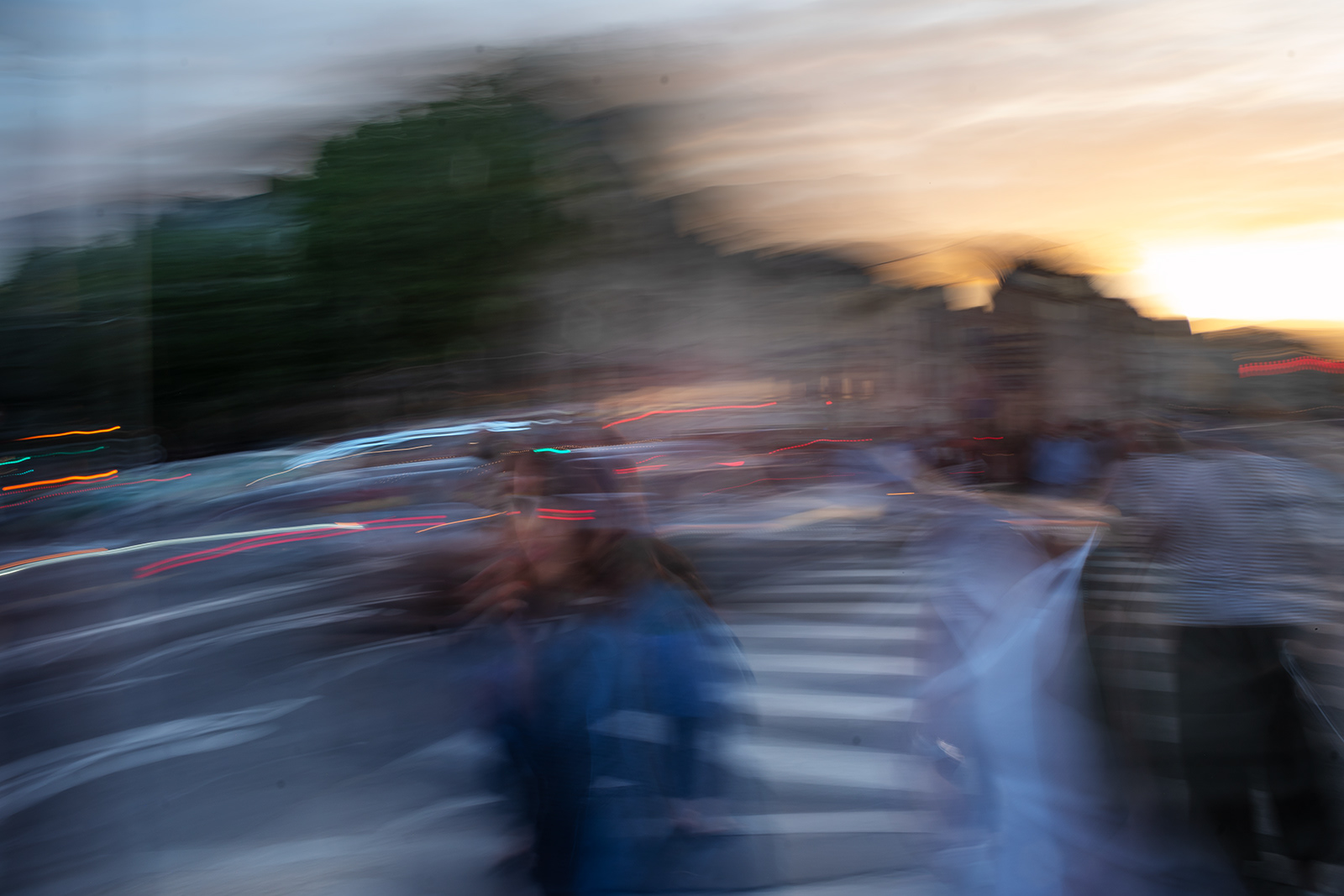


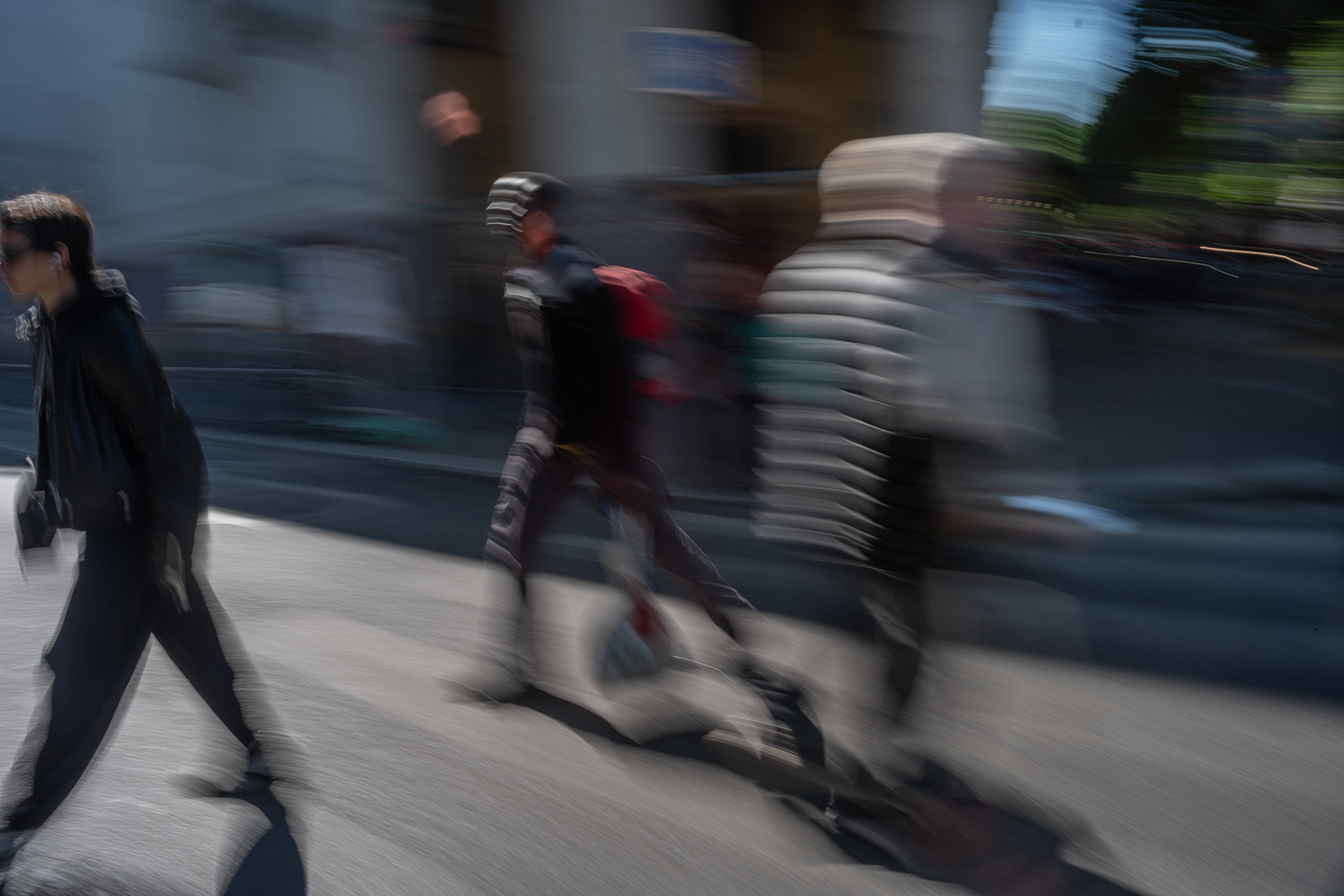



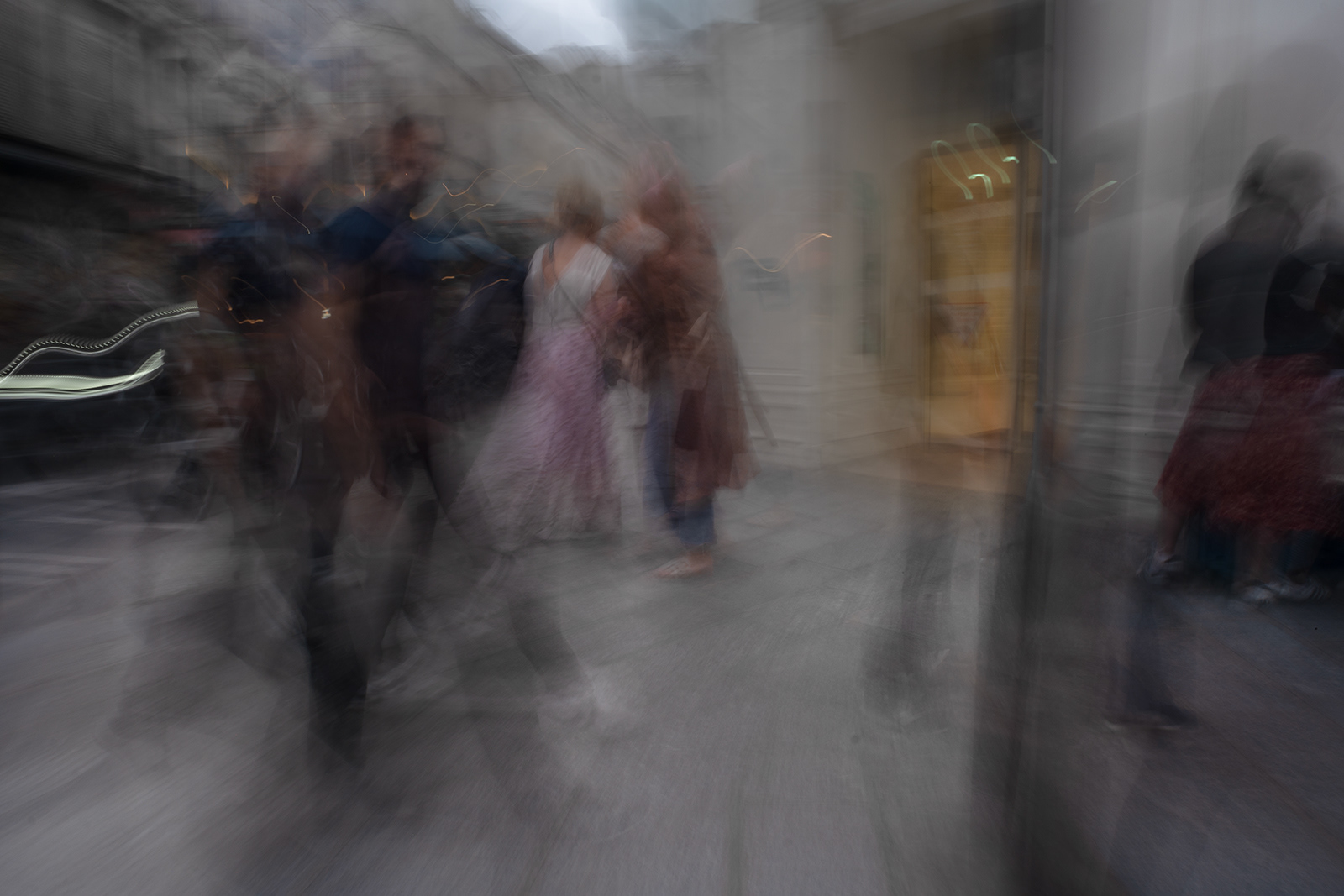



Movement 2

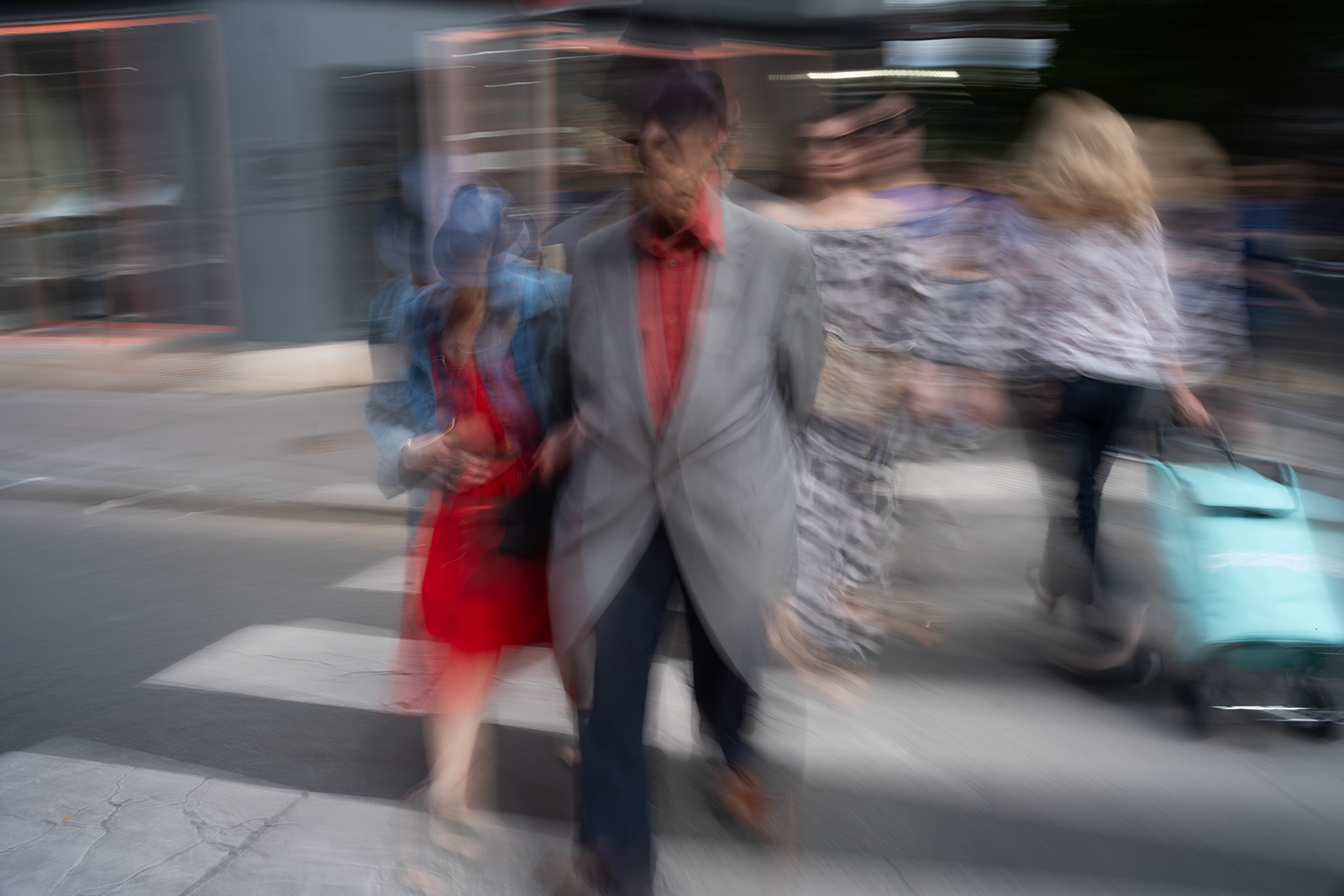




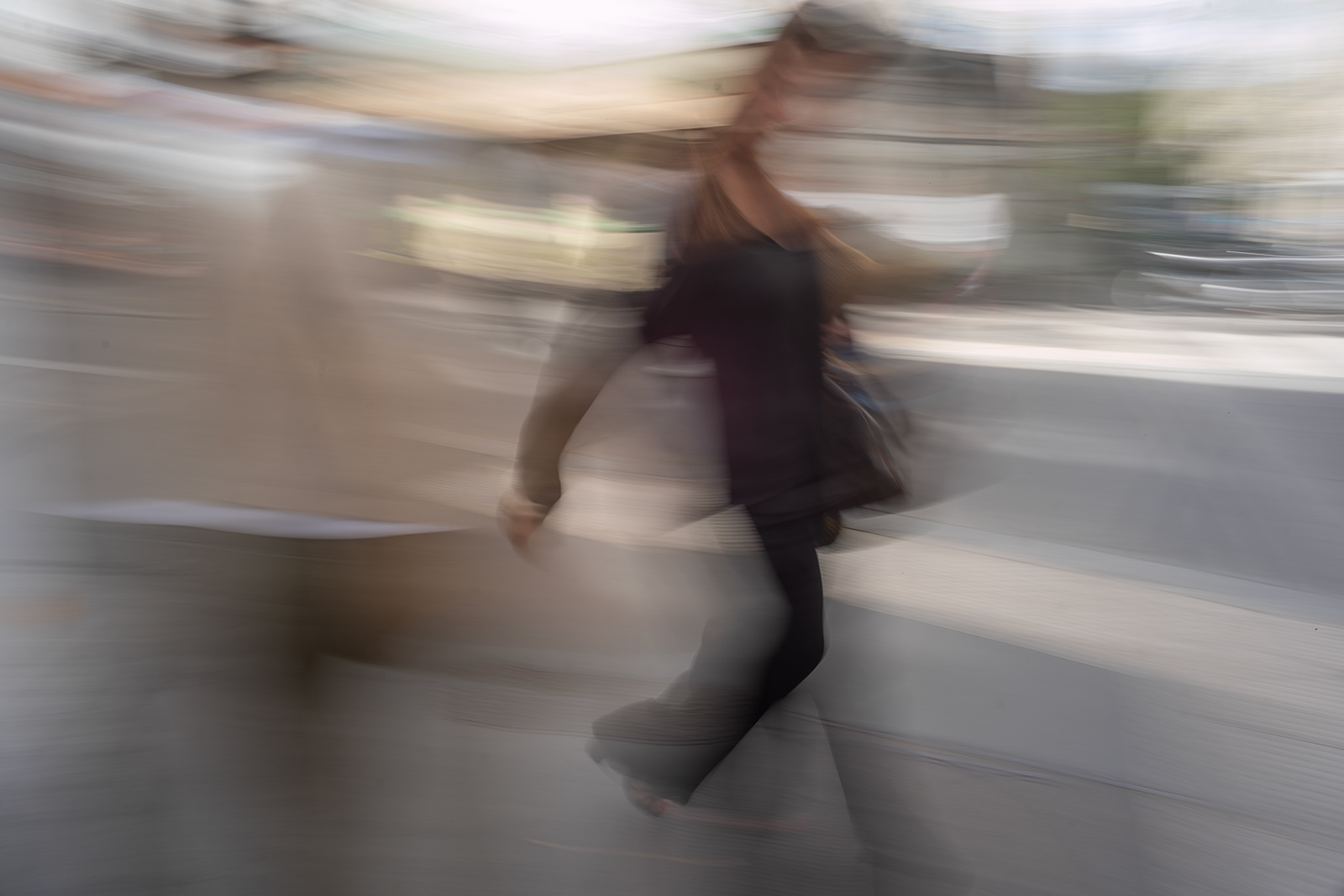









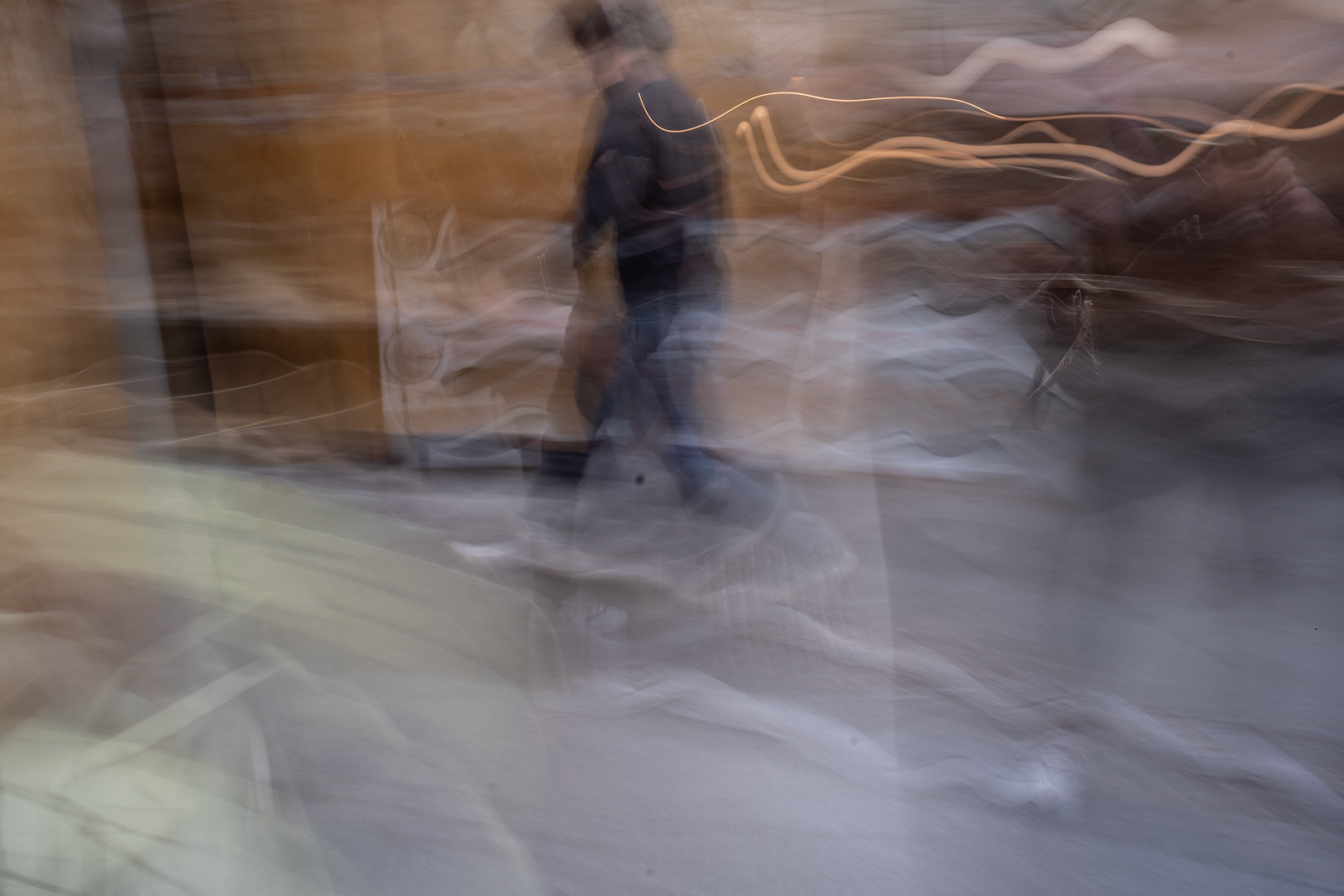

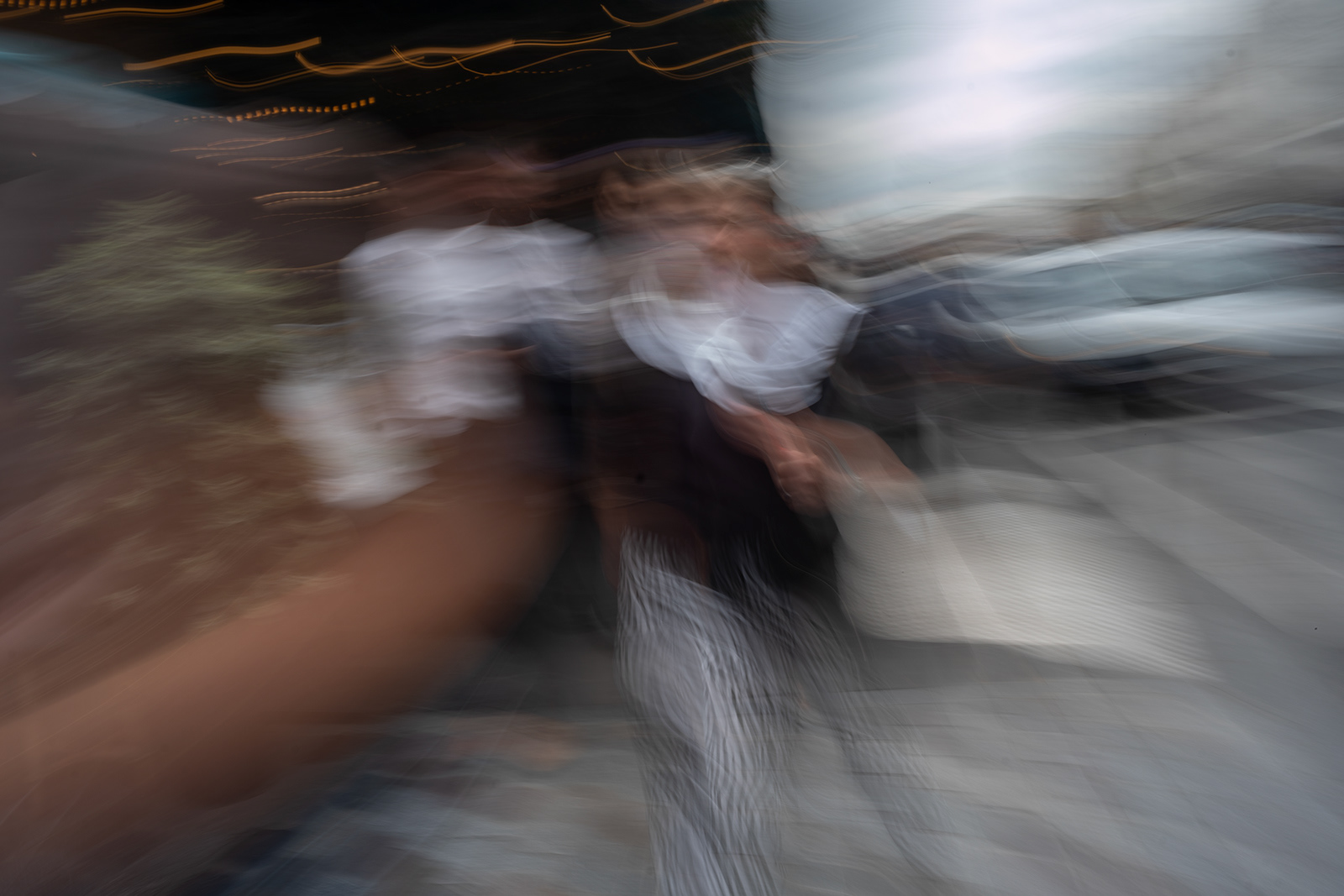













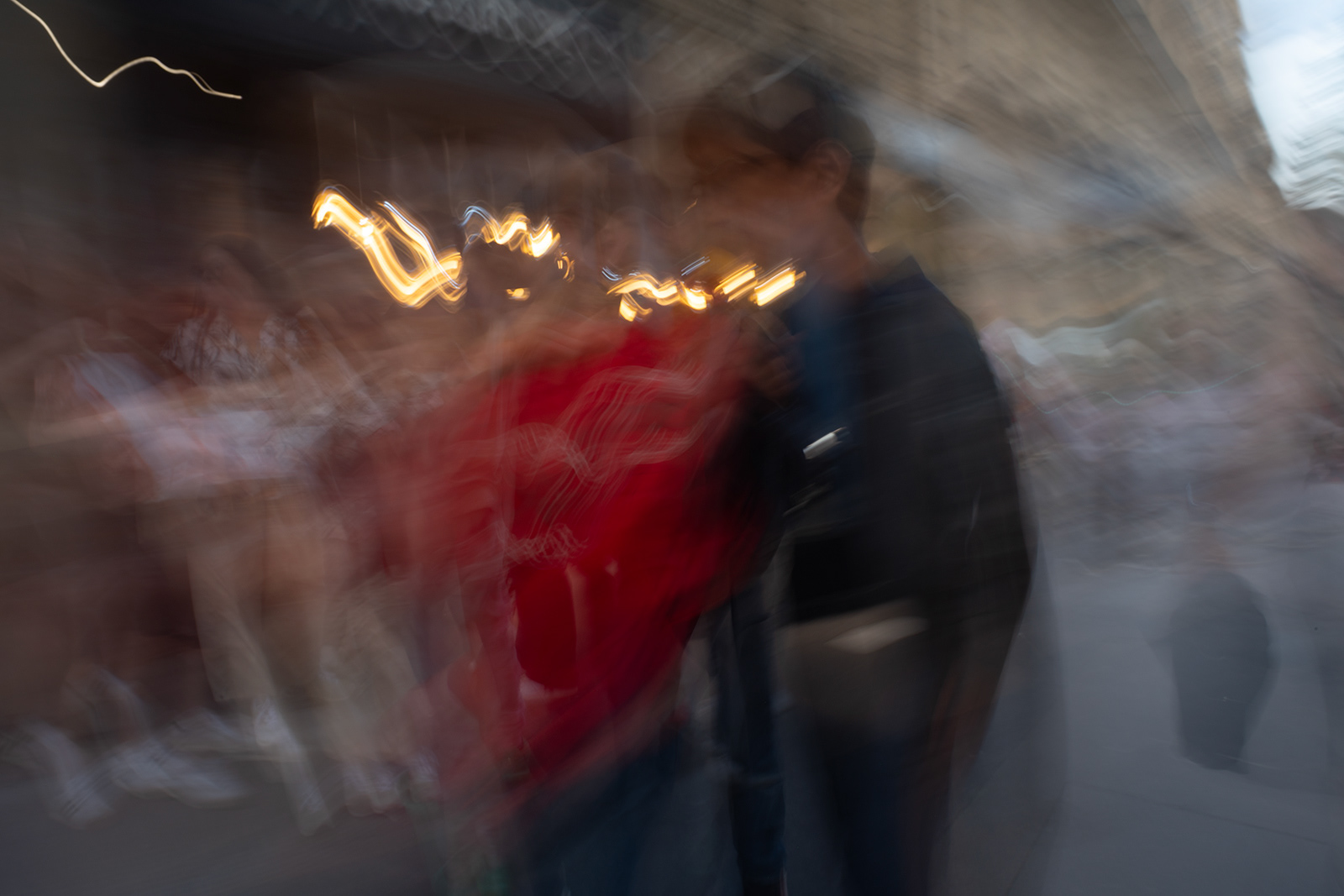



Movement 3

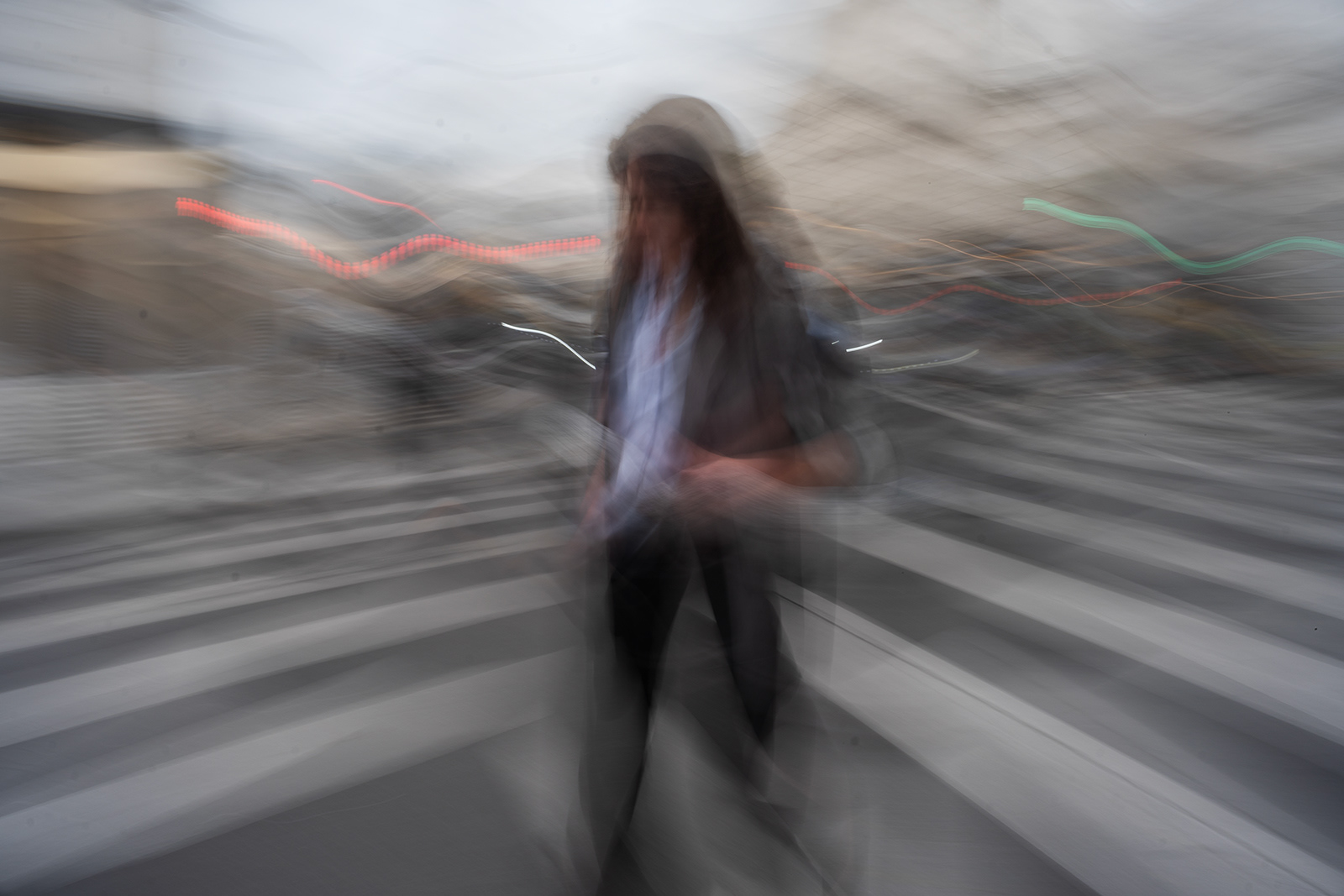


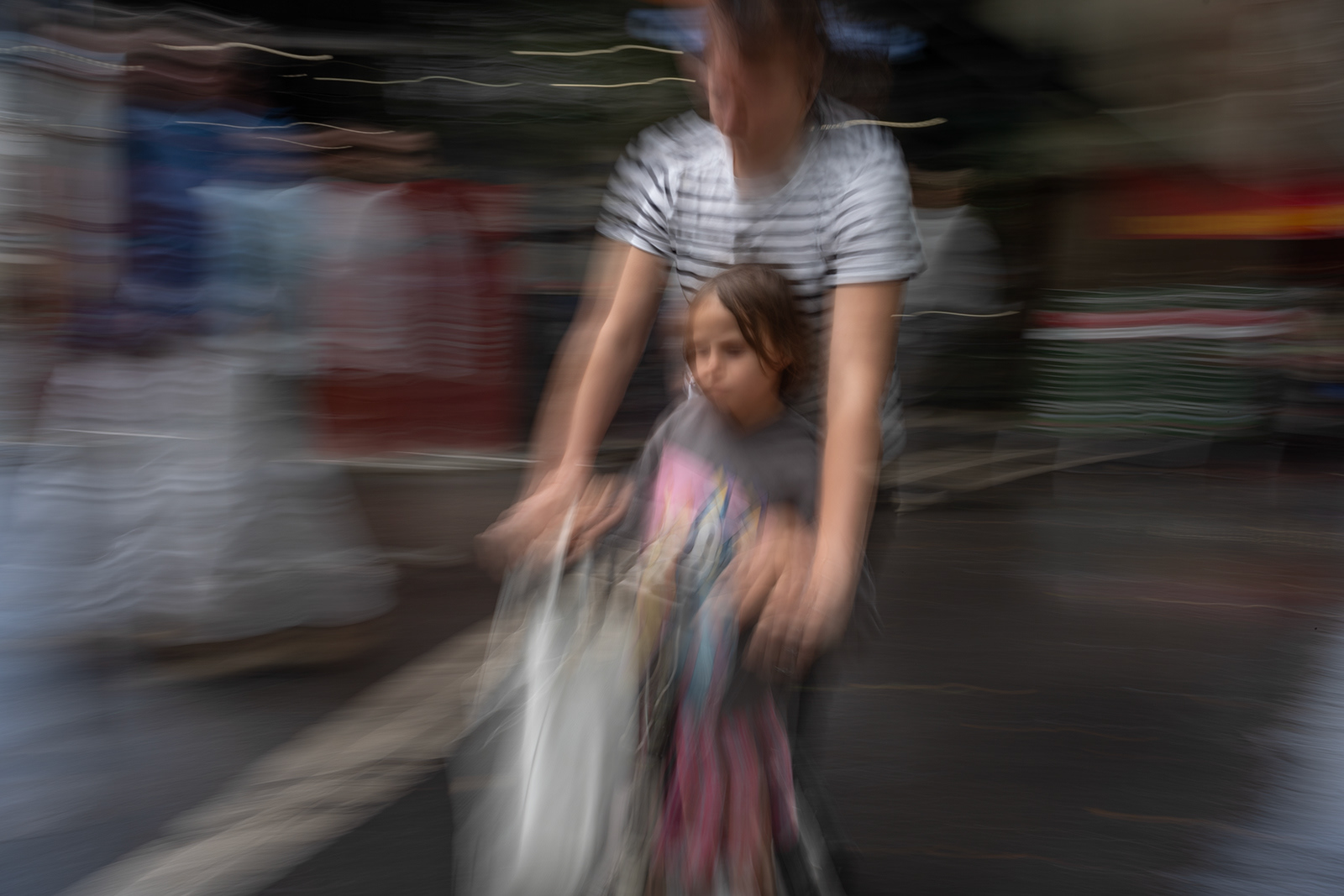











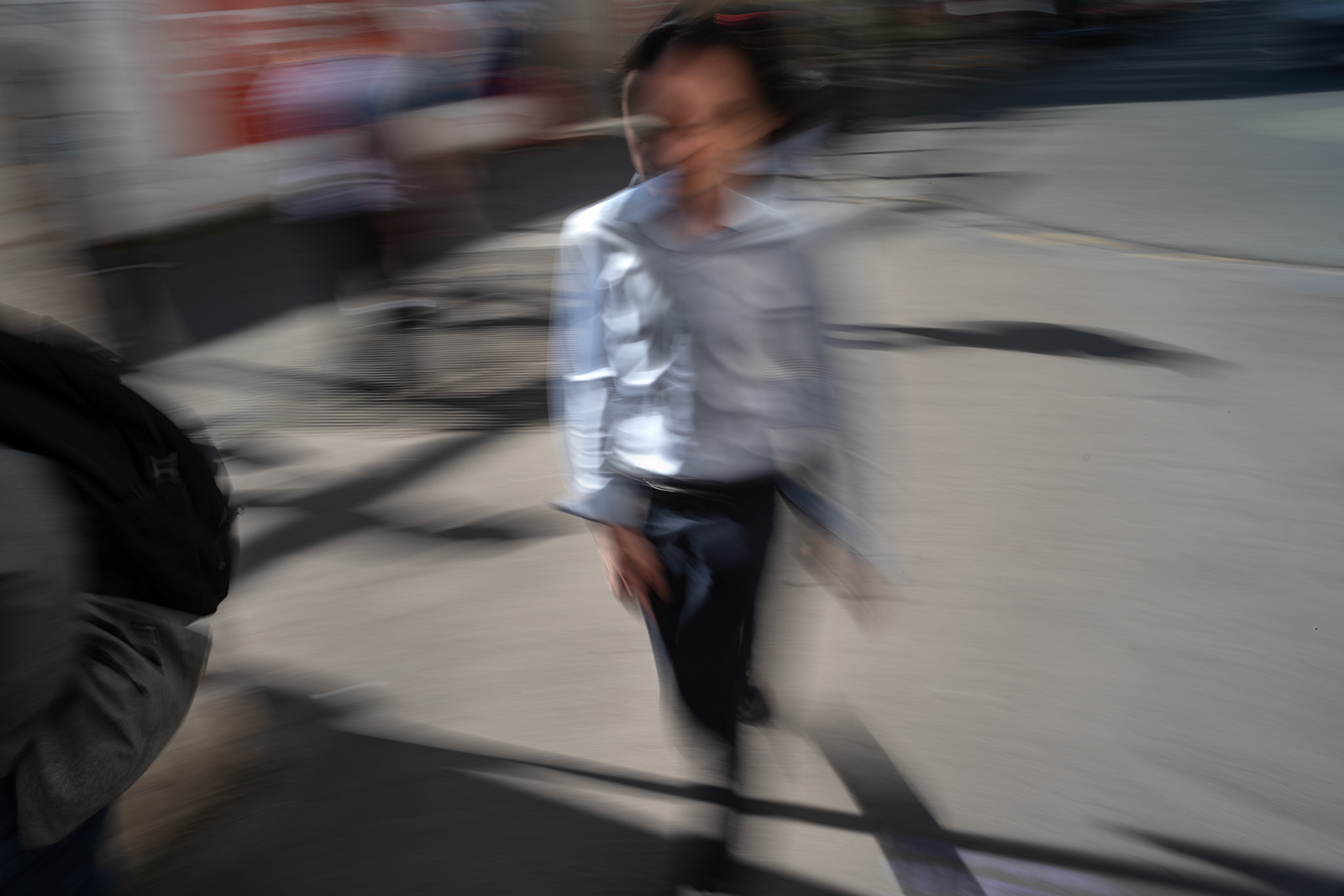






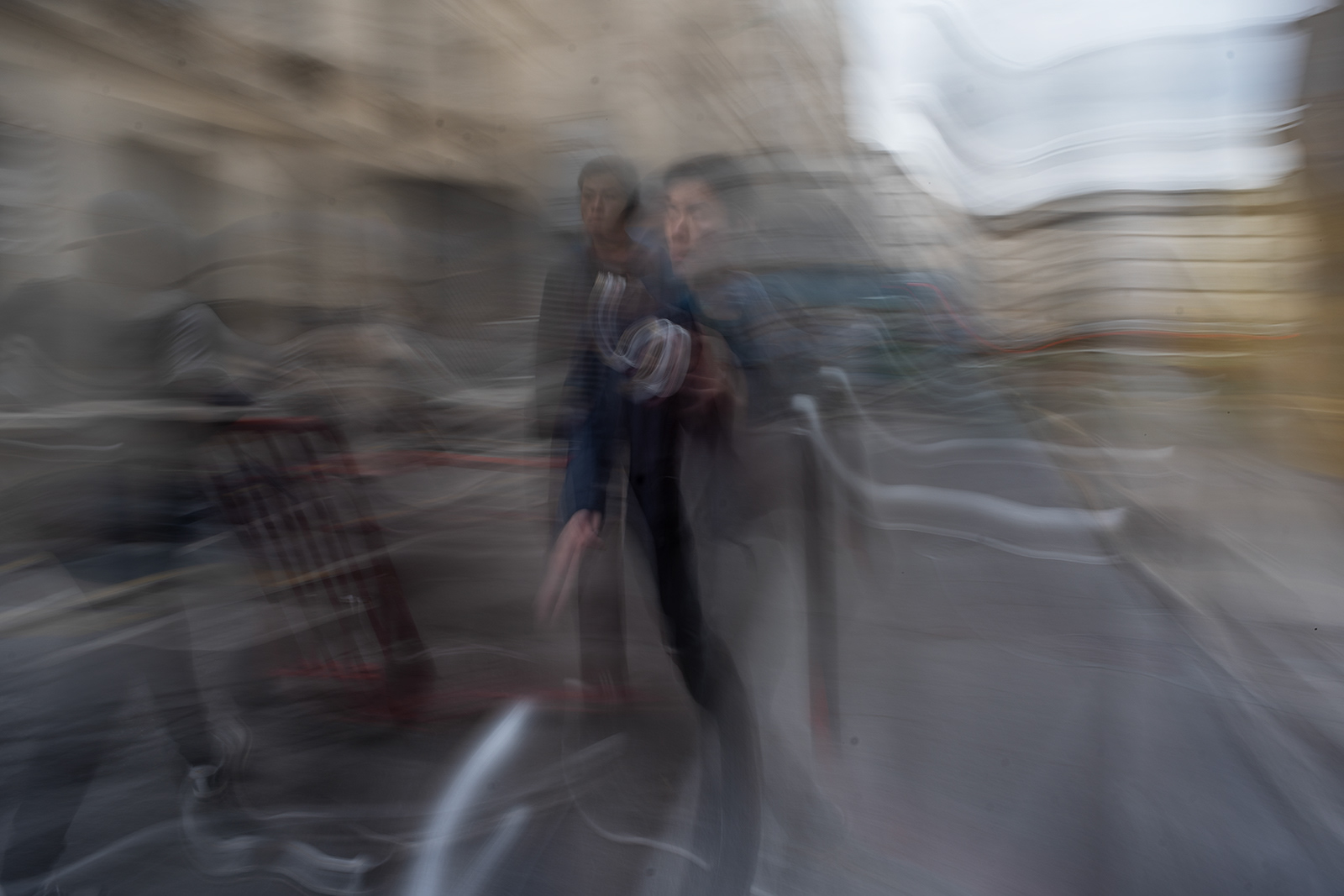




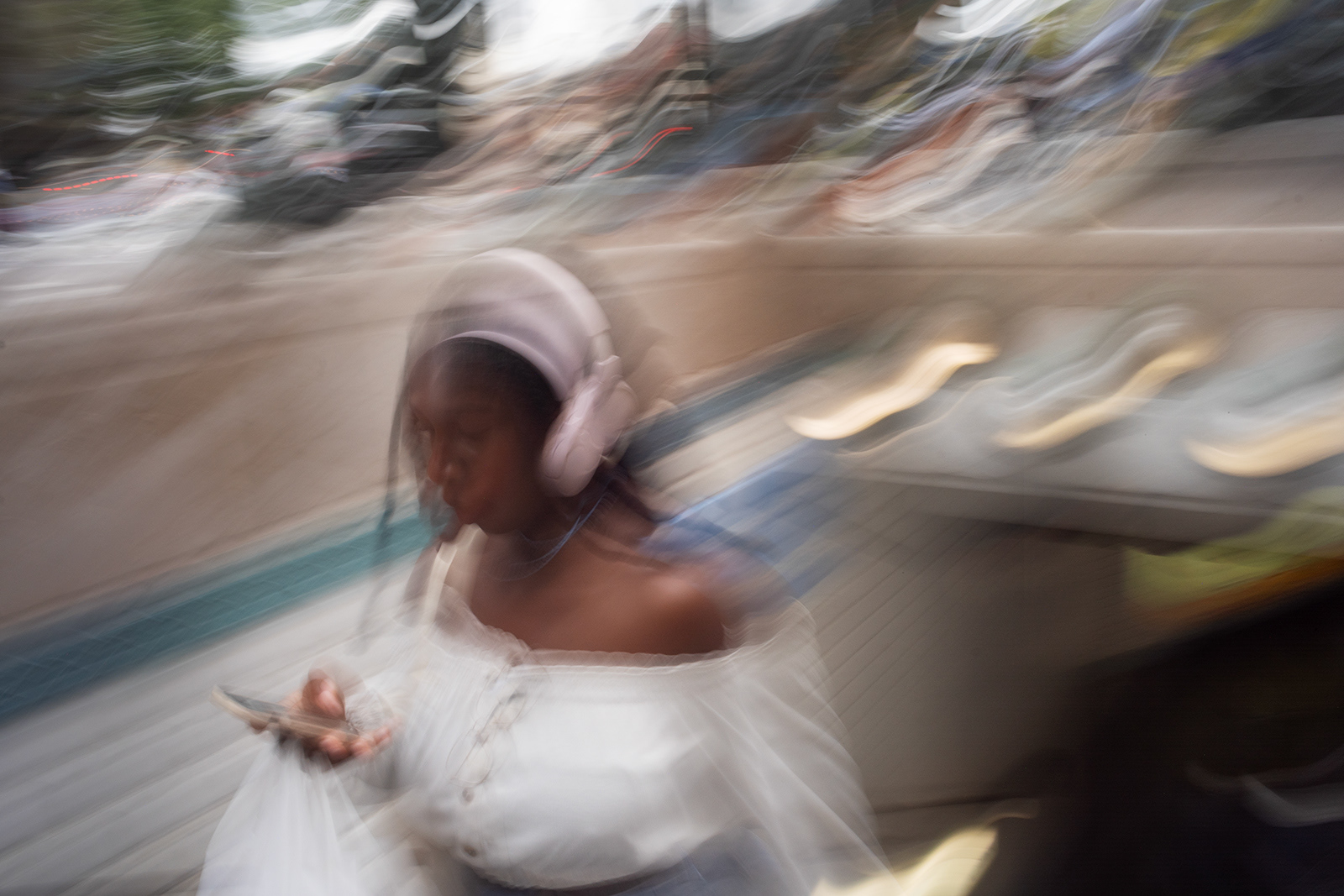
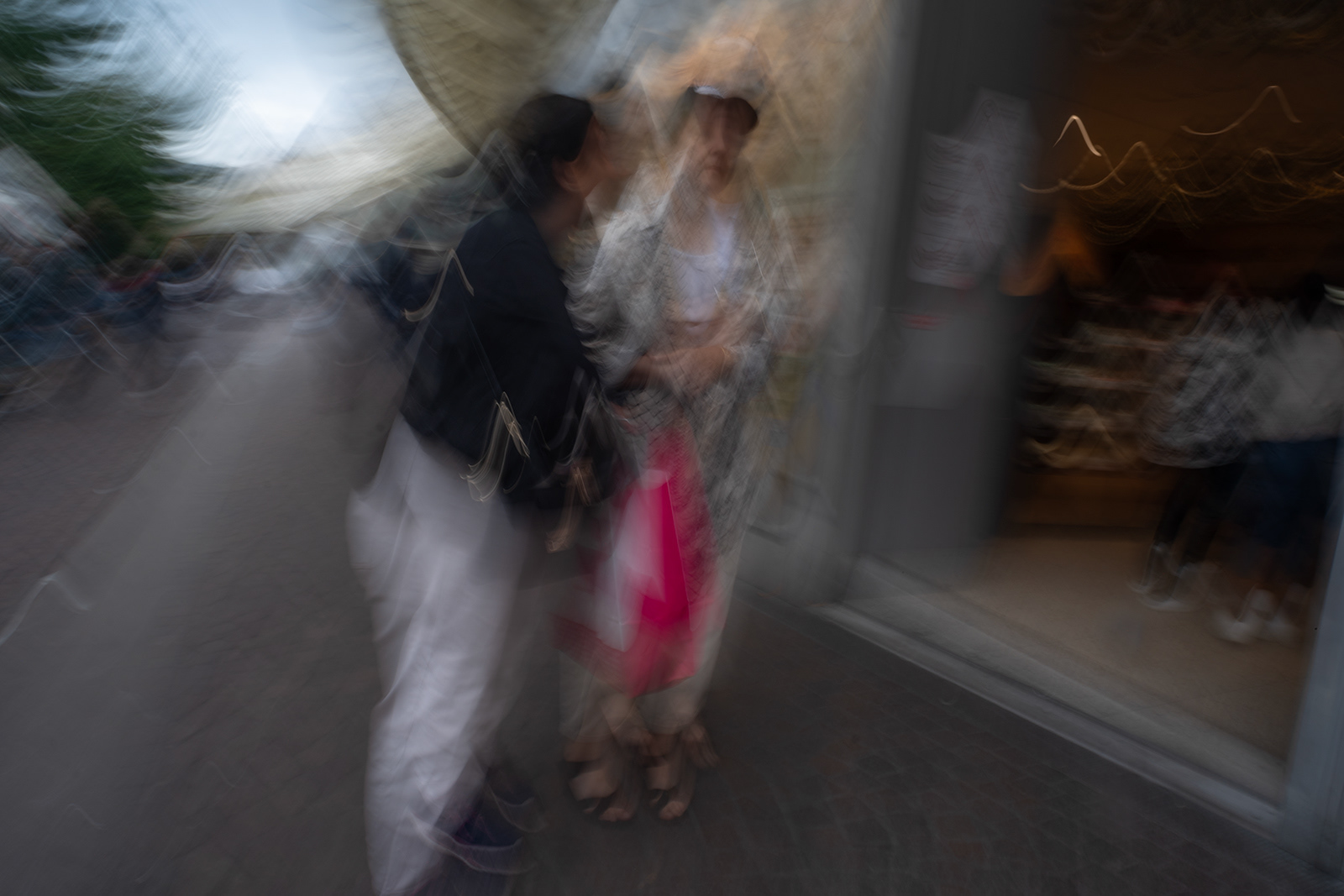



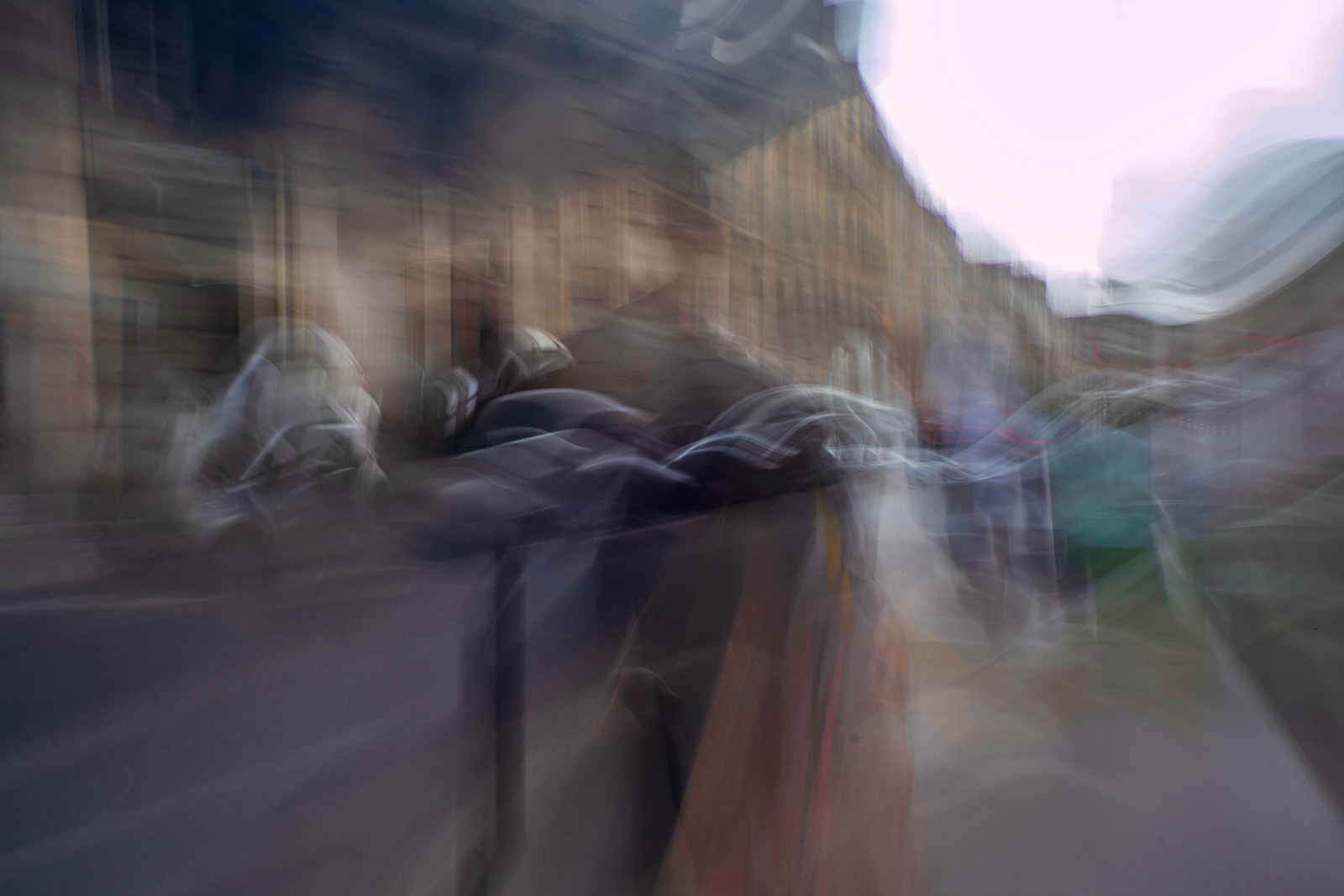


Movement 4











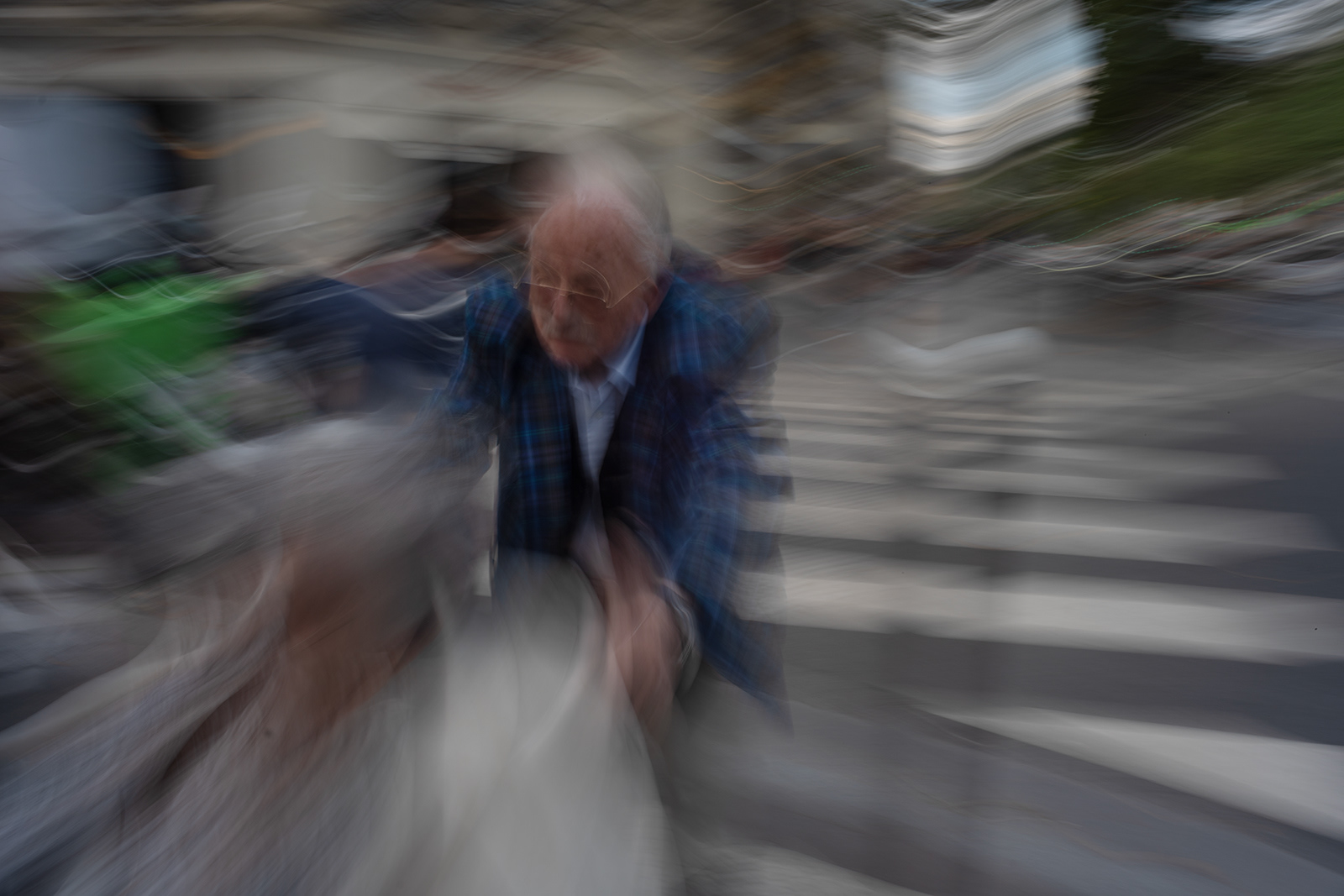




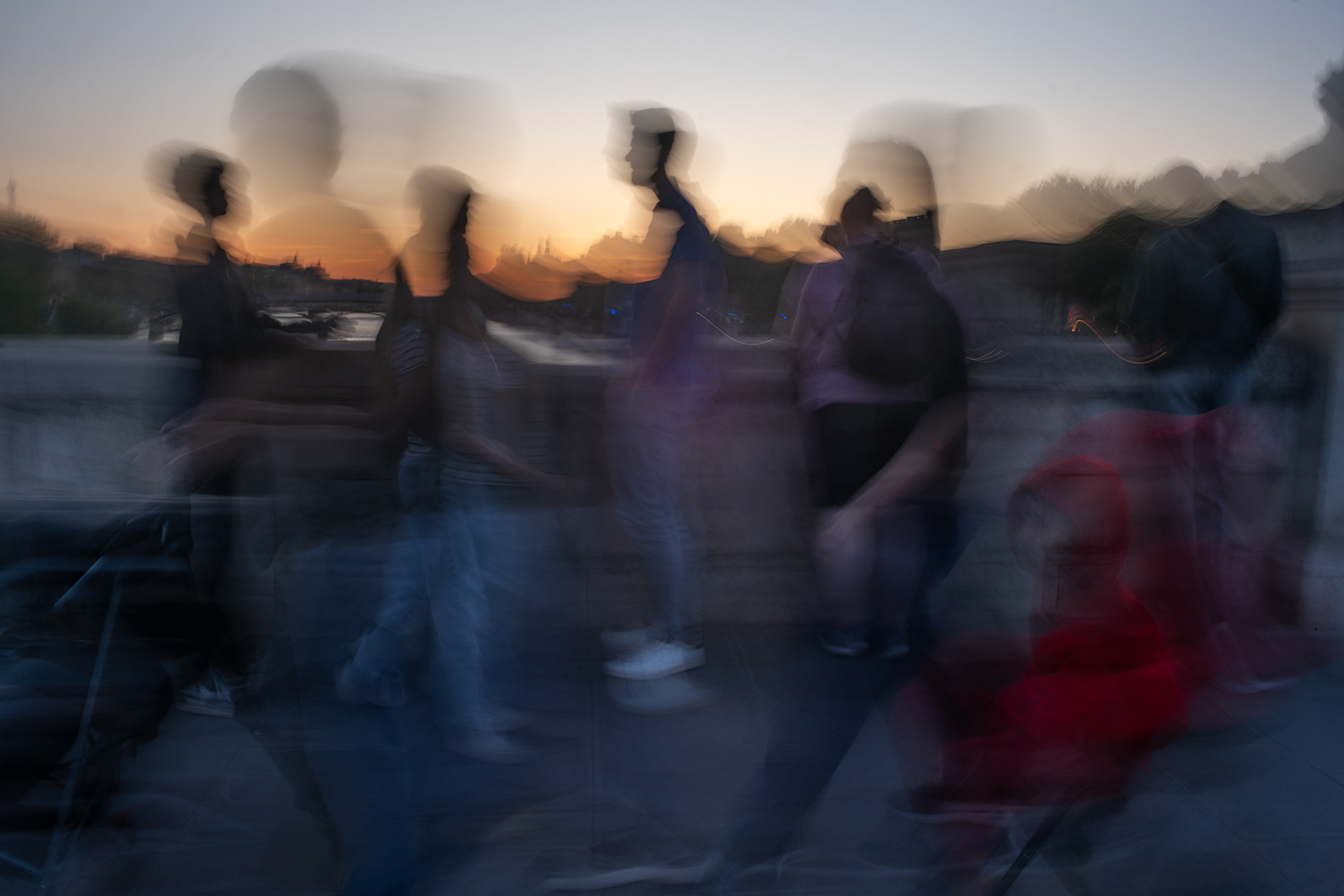


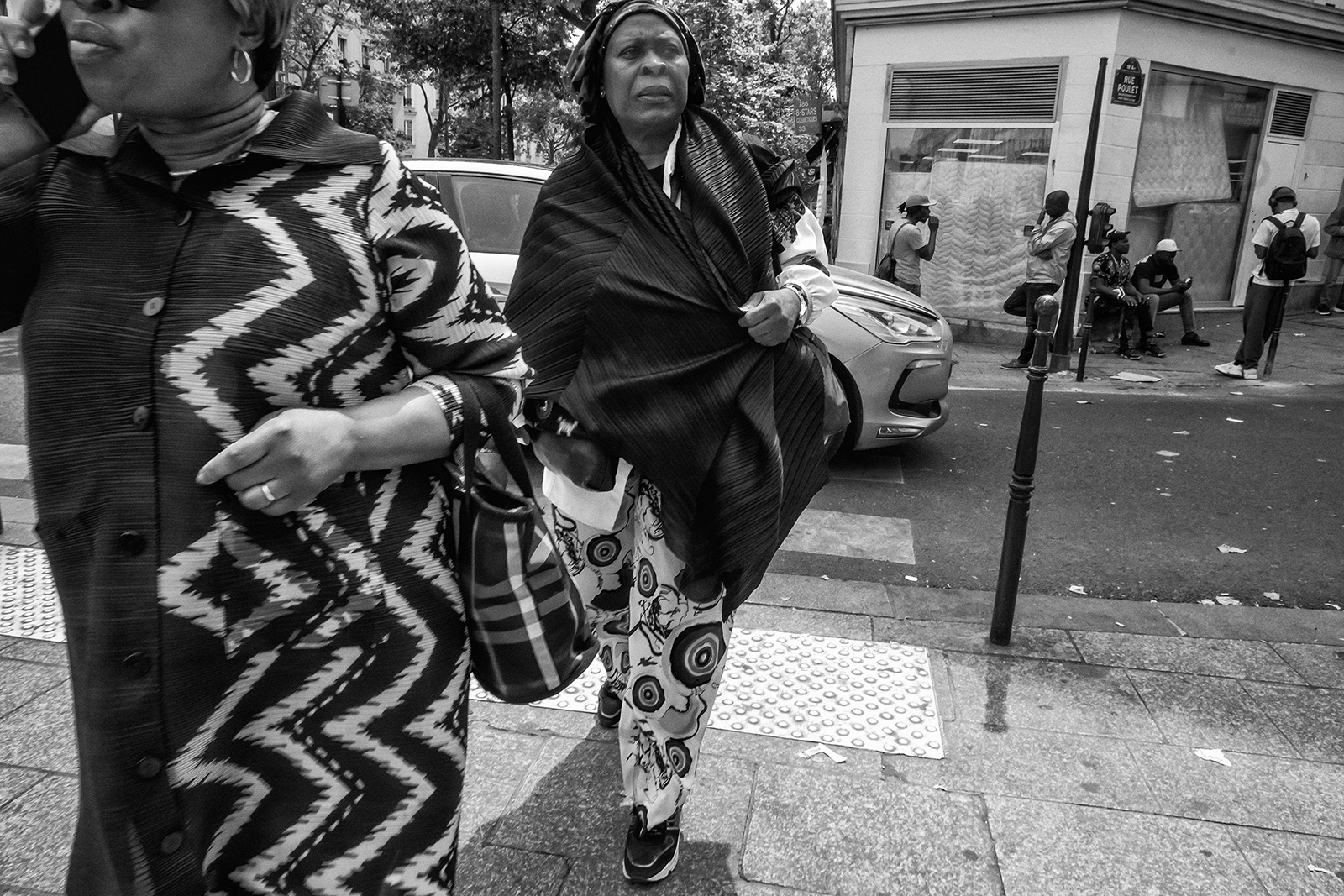
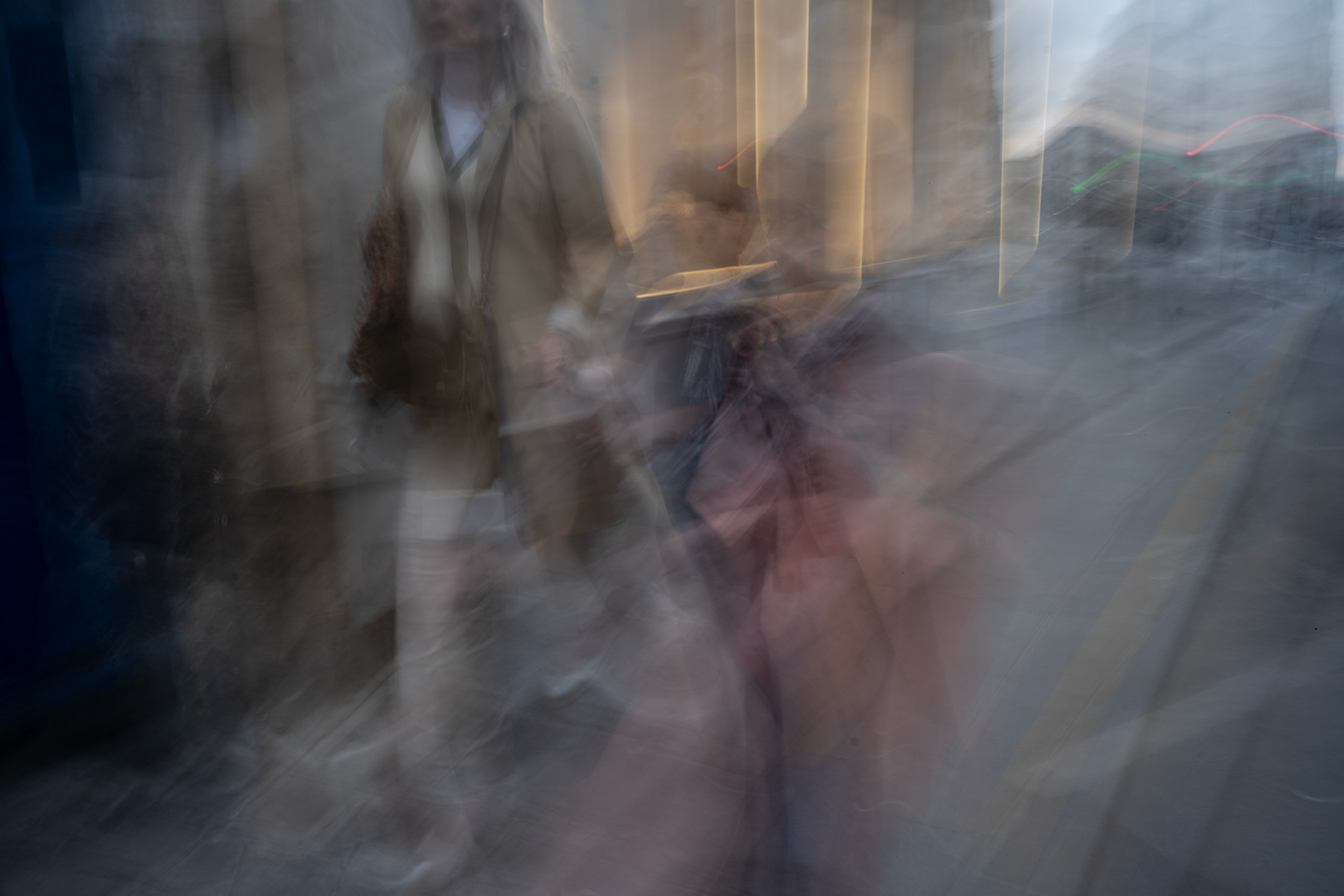

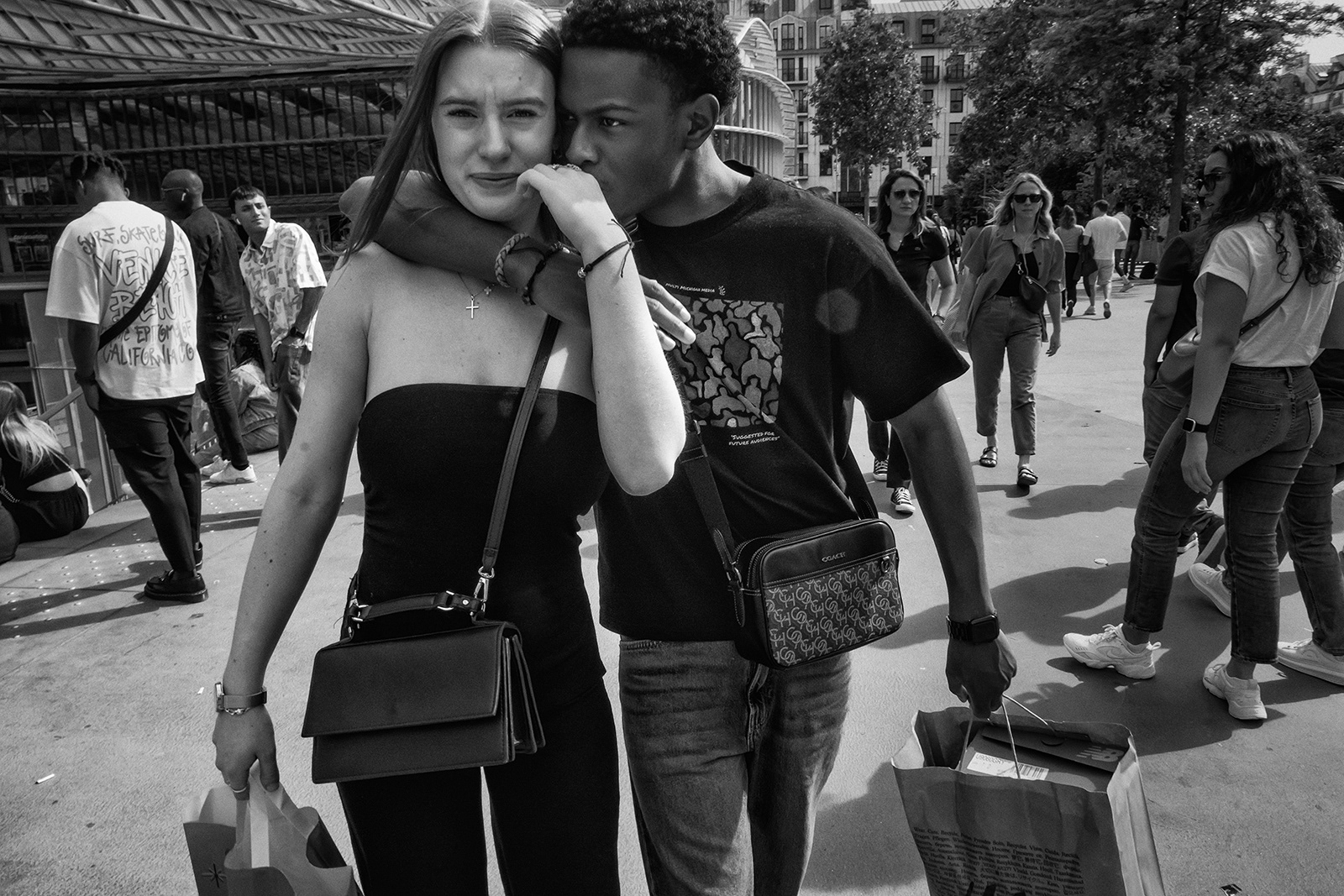













_______
Technical notes &c.
The photographs here ply together two strands of work made in Paris in the summer of 2024, one in black and white and the other in color. Both types were made with the same camera and lenses—a Leica SL2-S with Leica R glass (a 28mm f/2.8, a 24mm f/2.8, and a 50mm f/2). While photographing, I made both kinds of photographs currently, switching from one style to the other according to my mood.
While both types of photographs belong to the practice of "straight" photography—each photograph is an unscripted observation of something happening in the place of the public, with digital post-production limited to contrast and color control only—I see both types of photographs as experimental. Using very different visual vocabularies, both are directed toward the spontaneous and the unpredictable, the near-graspable and the ungraspable, or what I might call the exploration of the basic virtue of curiosity about the ways the outer world and the inner world encounter one another. That curiosity is staged here as a pictorial dialectic between different states of energy conservation and flow, and different aspects of action, will, and purpose—some completed, some incompleted, some more hidden and some less. Or to say it as a question: if we can say that human beings participate in human being, and if human being is ultimately verb-like—active, processual, conditional, expressive of qualities of occurance—what might this "human verb" look like? These two types of photographs form one response.
I have organized the photographs into sequences of 36 pictures according to a specific repeating pattern, and made four movements, along with an introduction and a coda. The term "movement" seems right to me, referring both to the reckoning with change that is at the heart of the work itself, and to the convention of organizing musical works classically into (unstill) sections. On this web page—the primary site of the work's presentation—the organization can be seen in two ways: scrolling vertically shows the larger organization and the pauses between the movements; clicking on any image gives way to a slideshow, a more immersive encounter with the images. The latter is best viewed on a monitor rather than a phone.
Accompanying the photographs is a poem cycle written concurrently (each poem comprised of fourteen lines, two quatrains and two tercets). The poem cycle plus the 150 photographs form the complete work.
Paris 2024